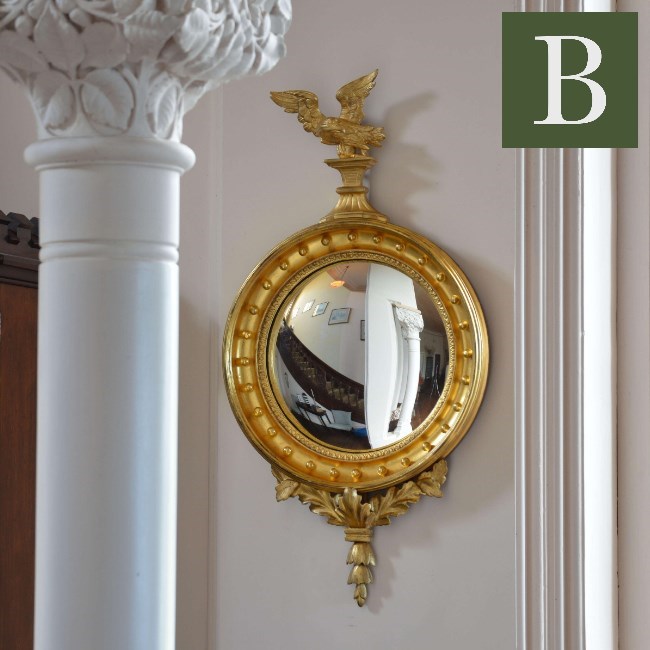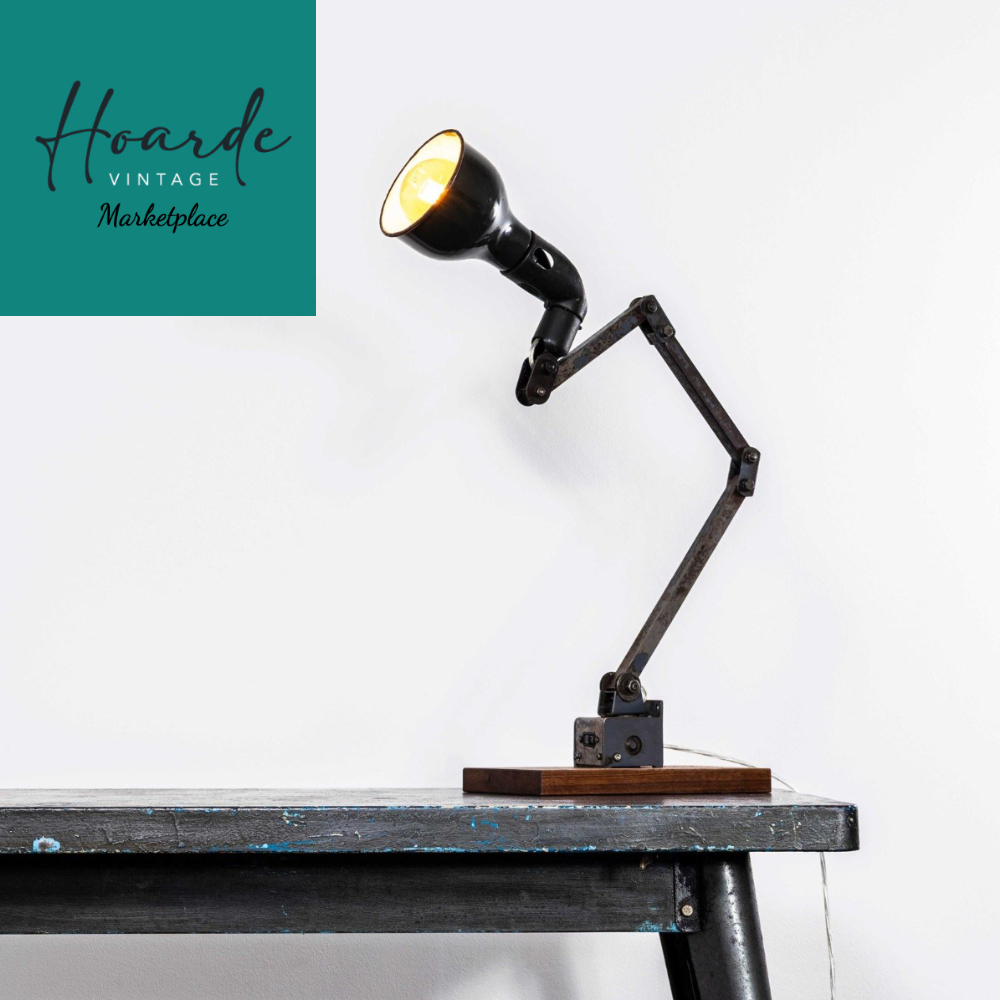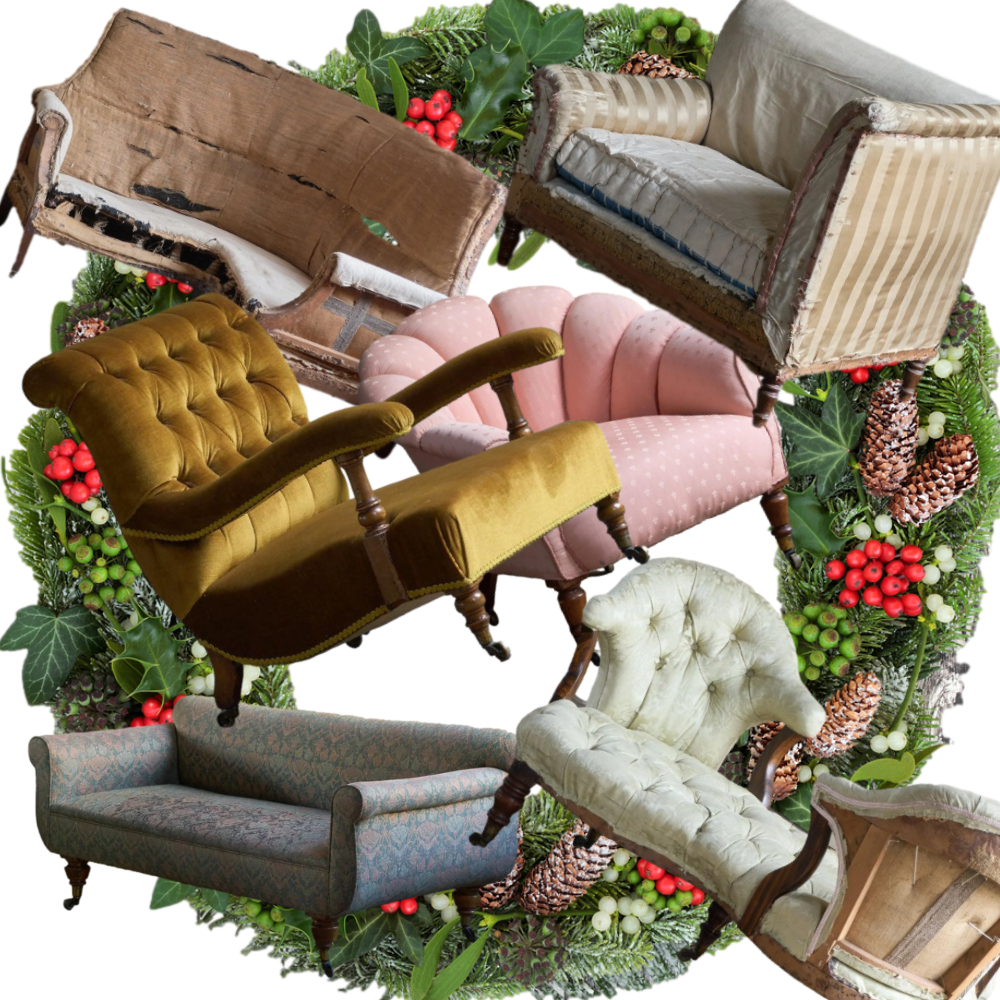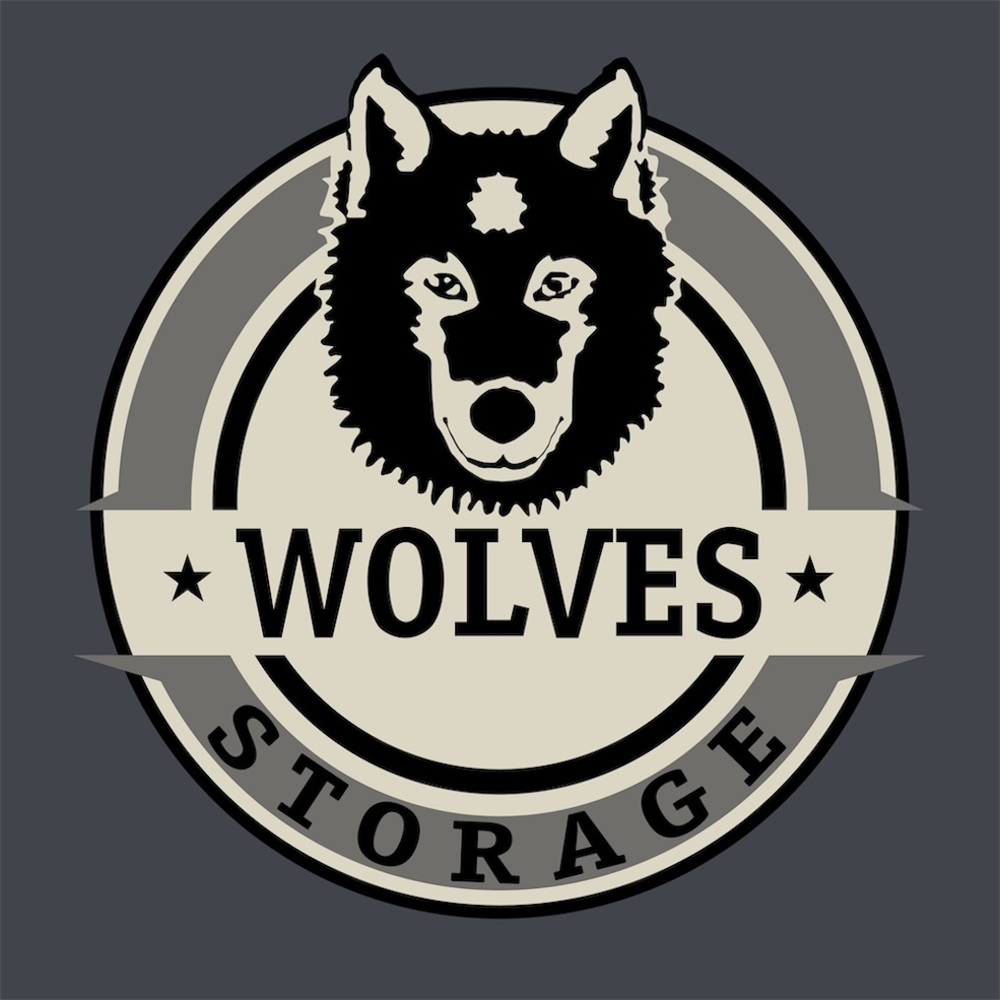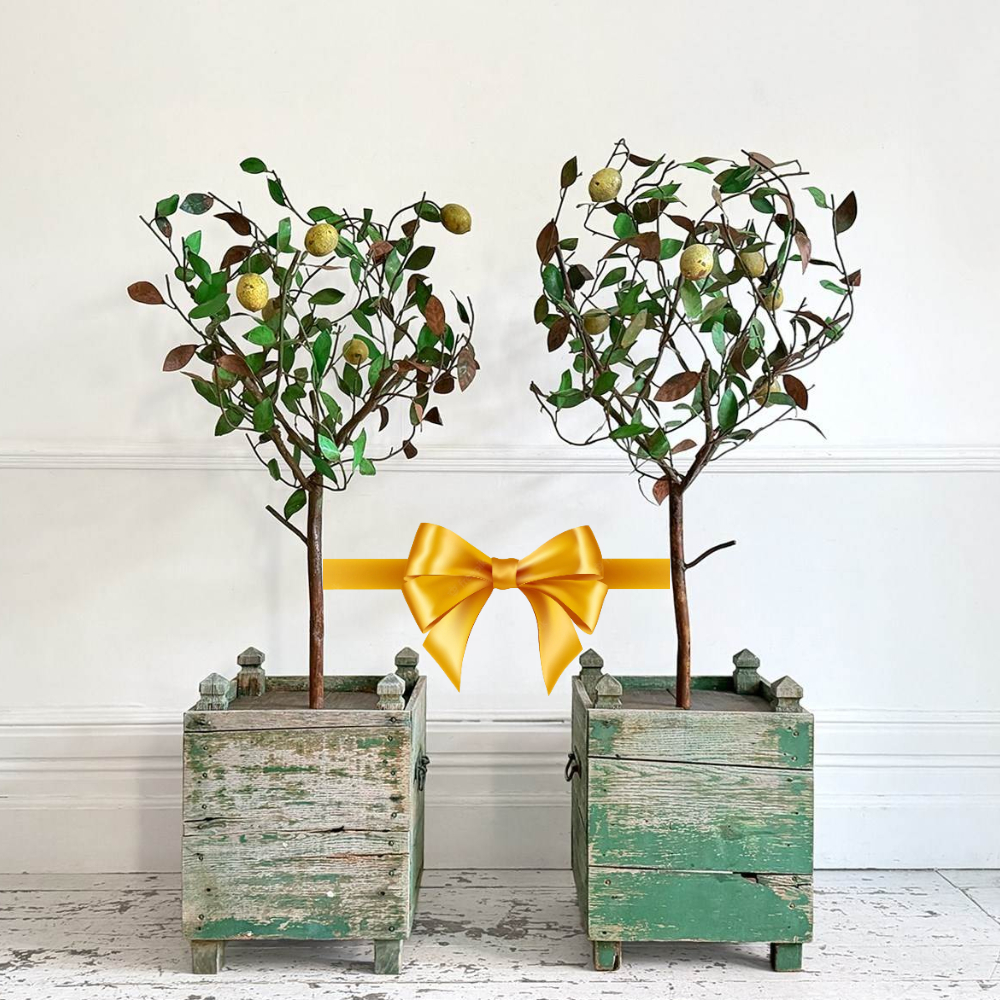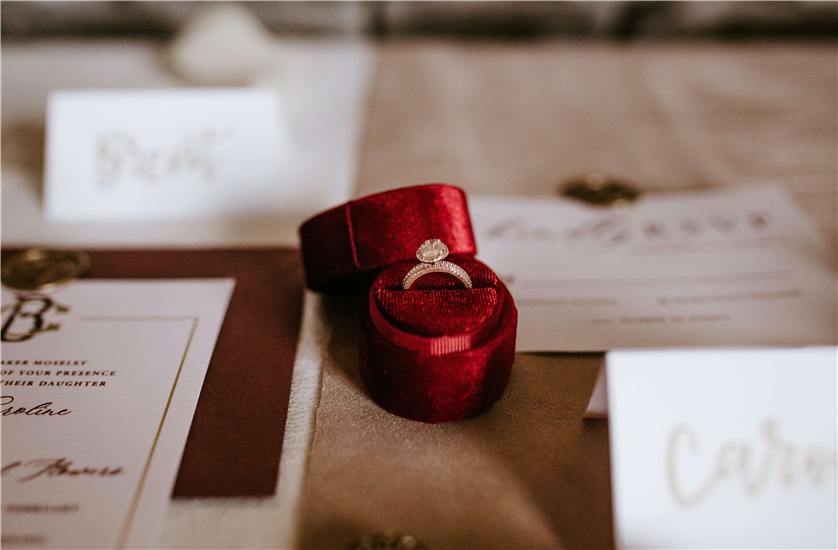
Buying an antique engagement ring at auction is quite different from heading to a high street shop, so there are plenty of things you should bear in mind. The first of which is that the old superstition that buying a second-hand engagement ring is bad luck is just a superstition.
Buying an engagement ring at auction can mean you get more for your money and can find styles that high street stores are less likely to stock. There is also less chance that someone else is walking around wearing the same ring, which can make it even more special.
So what do you need to know about buying antique engagement rings at auction?
Lower Cost Doesn’t Mean Lower Quality
It’s worth remembering that high street jewellers tend to mark up everything they sell, which can make engagement rings and other jewellery incredibly expensive. As jewellery has a high devaluation rate, it has a lower resale value, which means that you can get a ring in the same sort of style and similar quality for less at auction.
This can also mean that you can get more for your money than originally planned, whether this is a better quality stone or a more impressive design. This is ideal if you don’t want to reduce your budget.
Diamonds Last Forever
If you’re opting for a traditional diamond engagement ring, you don’t need to worry that the stone will look second hand. Diamonds are the hardest known naturally occurring material, which means they are incredibly hard to damage. The result is that the stone will look just as good now as it did when the ring was first made.
When it comes to the metal of the ring, this can be subject to damage but there are plenty of ways a jeweller can refresh it to get rid of any scratches and make the ring look new. You also have the option of getting stones re-set, creating a new ring with antique diamonds, which can be cheaper than designing a whole new engagement ring.
More Choice of Styles and Stones
If you want to propose with a ring that looks a bit different, shopping for an antique engagement ring at auction could be the best way to find what you’re looking for. While jewellery styles go in and out of fashion, which can mean high street options are fairly similar, antique jewellery allows you to enjoy a timeless elegance.
On top of this, if you want a stone that isn’t a diamond, you’re more likely to find different options at auction. Stones like rubies, sapphires and emeralds were more likely to be used in past decades so are easier to find among antiques than in jewellery stores.
Looking for Similar Ring Sizes
One thing that’s worth remembering is that rings can be resized, so you don’t necessarily need to find a ring at auction that is the right size. However, it is worth looking for a size close to the one you require, as the amount that a ring can be resized will depend on the style.
Rings can typically be resized two sizes either way without damage, so you should bear this in mind. However, resetting the stones is also an option so you can create a replica of a larger or smaller ring with the same stones rather than risk resizing.
Just as with shopping for an engagement ring on the high street, it’s a good idea to go to auction knowing your partner’s exact ring size.
Remember the 5 Cs
When you are buying a ring at auction, you should remember the 5 Cs to ensure the quality matches up to the price.
- Cut: This is the shape of the ring but also the precision used to cut the stones. Different cuts can affect how reflective the stone is so you should research which cuts add the most sparkle.
- Colour: Diamonds have a different range of colours with D-F (colourless) being the highest quality. The grade goes down to G-J (near colourless), K-M (faint yellow), N-R (very light yellow and S-Z) light yellow. The higher the quality, the more expensive the diamond.
- Clarity: This is the look of the diamond in terms of surface defects and inclusions. It’s a good idea to take a magnifying glass with you to the auction room as you can easily see any defects. If the auction is online, look for clarity information on the listing.
- Carat: This is the C that most people know. Carat is the size of the diamond as calculated by how much it weighs. The higher the carat, the higher the cost. However, it’s worth remembering that a smaller carat diamond can often look larger than a higher carat one as dimensions are different to weight.
- Certificates: If a diamond ring comes with a certificate, you’ll be paying more for it. This is because a certificate is proof that the diamond has been professionally graded, telling you everything you need to know about the other four Cs. However, not all certificates are the same, so it’s worth researching which are regarded as being the most accurate. Many action pieces don’t come with certificates but don’t let that put you off.
Look for Hallmarks
Hallmarks are used for precious metals, so a ring without one is not going to be gold, silver, platinum or palladium. The hallmark on a ring shows the purity and weight of the metal. The practice has been happening for around 700 years in the UK and is now mandatory, so it’s worth checking the hallmark of any rings you are interested in.
Not all antique rings are hallmarked though, so be sure to read the description carefully to avoid buying a non-precious metal.
Pay Attention to Price Estimates
It can be tempting to jump on a piece that looks super expensive but doesn’t have a high estimate. However, it’s unlikely that this will mean you’re getting the bargain you expect. Antique costume jewellery or pieces made with cheaper stones are quite common and are still collector’s items but may not be what you’re looking for.
Having a look at different antique rings going to auction will give you a better idea of what you can expect to pay and what you should look for. This will help you get a real bargain.

